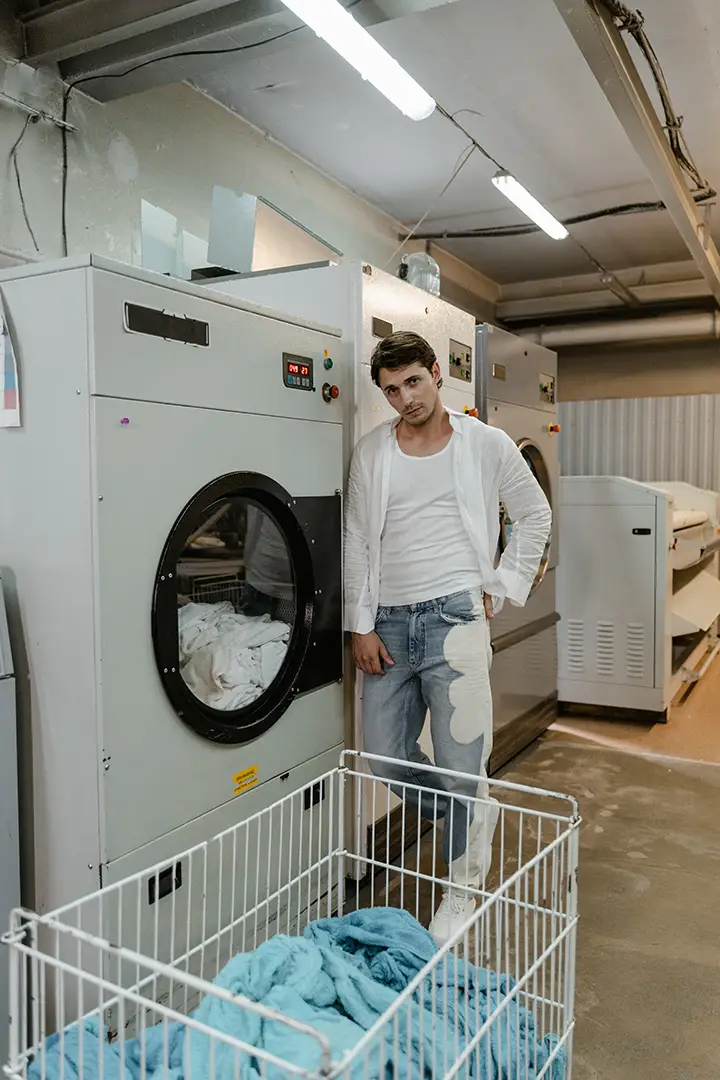A washing machine is a home appliance used to wash laundry. It consists of a motor, pump, agitator, and drum for spinning the clothes in water. The basic principle behind a washing machine is the use of mechanical energy to move dirty clothes through a cleaning solution (water and detergent) and remove dirt and stains from them.
To begin the process, you load your dirty clothes into the washer’s drum. You then add water and detergent to the machine according to instructions on the detergent packaging or owner’s manual. Once this step is complete, you can select your desired wash cycle via buttons or knobs on the control panel located on top of or near the door of most machines.
The cycle selection determines how long your washing machine will run for as well as what agitation it will use (such as high-speed spinning). During this cycle, water pumps into the drum where it mixes with detergent to form suds. The agitator inside then begins moving back and forth to create turbulence within these suds that helps dislodge soil from fabric fibers. As this happens, hot air passes through small vents located inside of most models which helps further loosen dirt particles from clothing fibers for more efficient cleaning results.
Once done with its cycle selection (a typical full cycle may last anywhere from 15-30 minutes), most washing machines automatically switch off its motor when done so that you can unload clean clothes into a dryer or hang them up outside to dry naturally if desired.
Using modern technology such as advanced sensors built into machines that sense load size changes and make adjustments accordingly, today’s washing machines are designed to make laundry day much easier than ever before!
